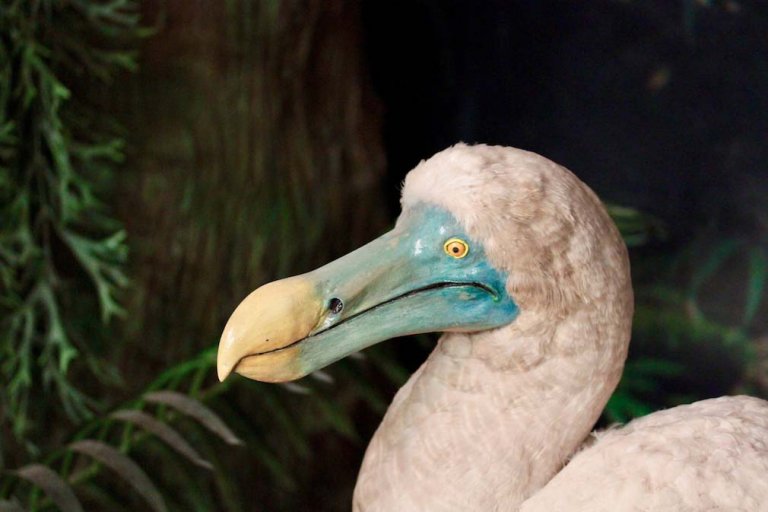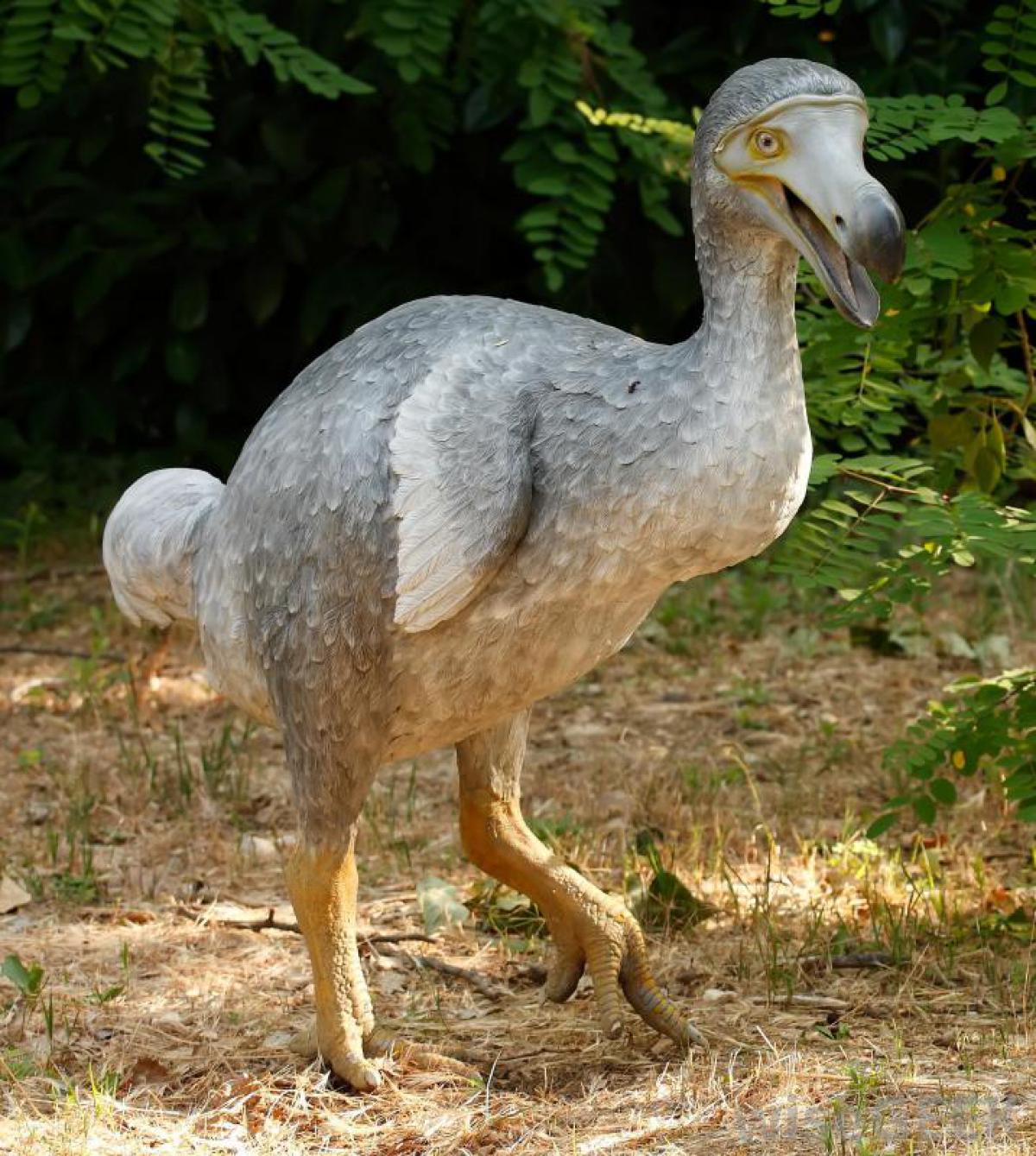

Conversely, the distance between the Tasmanian tiger and the dunnart – its most closely related living species – is a little further. But the gestation period is nearly two years, which is a long process for scientists to duplicate. Lamm explained that with the mammoth we have fairly good genetic data and the distance between the mammoth and the Asian elephant isn’t terribly large.

The mammoth and thylacine projects, despite both being mammals, present their own unique sets of problems. Beth Shapiro, Colossal Scientific Advisory Board member and lead paleogeneticist, with the goal of resurrecting the dodo. As a part of this new round of funding, the company has also announced the launch of its Avian Genomics Group, led by Dr.
ARE DODO BIRDS COMING BACK SERIES
Now, according to a recent announcement, the company has received $150 million in Series B funding from United States Innovative Technology Fund (USIT) and other collaborators. For us, it’s about looking at some of these iconic species we believe we can bring back to the Earth and taking lessons learned from that and applying them to conservation, which is kind of the ethos behind the company,” Lamm told SYFY WIRE. That’s a combination of de-extinction and species preservation. We want to be the world’s first de-extinction company.
ARE DODO BIRDS COMING BACK MANUAL
RELATED: Now we have an instruction manual for resurrecting the extinct Tasmanian Tiger Then, last year, the company announced a partnership with Andrew Pask and the Thylacine Integrated Genetic Restoration Research Lab (TIGRR for short) to restore the Tasmanian tiger to the Earth. Their first at-bat was with the wooly mammoth, a project which remains ongoing with a dedicated team of scientists. John Hammond, eat your heart out.Ĭolossal has made headlines a couple of times in recent years as they’ve announced the launch of high profile de-extinction projects. The company was founded in 2021 by George Church and Ben Lamm, and bills itself as the world’s first de-extinction company. At least, if the folks at Colossal Biosciences have their way. Along the way, they encountered all manner of extinct creatures, both real and imagined, some of which served as threats while others as companions.įor now, stories like The Croods are the only way we can envision what it might have been like to live alongside species which no longer walk the Earth, but all of that might be primed to change.

Their story continued in the feature length sequel The Croods: A New Age as well as two television series Dawn of the Croods and The Croods: Family Tree (now streaming on Peacock). The 2013 animated family film The Croods introduced the world to the titular prehistoric family as they tried to survive in a pre-civilized world.


 0 kommentar(er)
0 kommentar(er)
